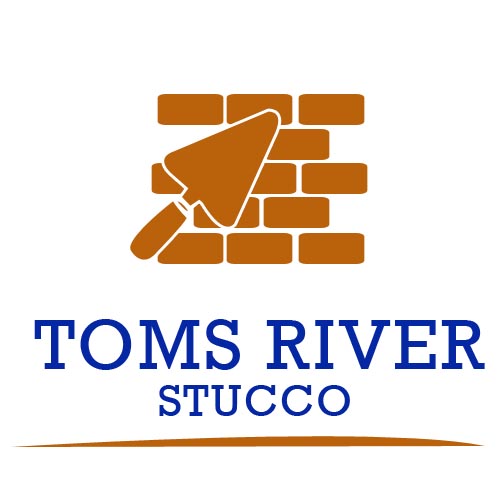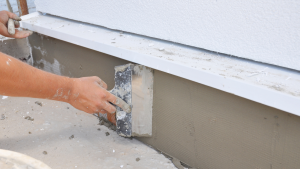Standard brick stucco, a cement-based plaster, is applied to walls and other surfaces both inside and outside of buildings. The essential ingredients of this substance, which dries to create a sturdy and low-maintenance structure, are cement, sand, and lime.
Since stucco consumes less energy, takes less maintenance, and resists decay and fire, it raises the value of your home. Please take care of your stucco walls in the beginning and patch any holes that appear over the wall.
HOW TO REPAIR STUCCO?
Hairline cracks, or those just a third to a fourth of an inch wide, may be repaired using caulk. The caulk used to repair stucco is often made from latex resin because it is malleable enough to keep the crack from expanding even as it widens.
Despite the fact that stucco is one of the most durable building materials and wall coverings available, it is susceptible to settling, impact damage, and cracking over time. Large stucco holes and cracks must be fixed immediately to prevent further deterioration.
The large outside stucco holes are difficult to repair. It needs perseverance and the right equipment. Your repair could be less skilled than a stucco repairer’s. But you may always contact a stucco repair near me This piece examines a few DIY techniques for patching large stucco holes.
STEP 1:
Bring any equipment necessary to repair the stucco hole. It’s necessary to use a dust mask, gloves, and safety glasses.
STEP 2:
The initial action is to clean up corners. Use a cold chisel and ball-peen hammer to remove the loose stucco from the hole, then blow away the dust.
STEP 3:
The old metal lath should be removed from the unaffected stucco surrounding the patch area. Pulling the lath back will make it easier to cope with.
STEP 4:
The exterior border of the lath should be sealed using the rubber membrane. The region being sealed off may not stick to the rubber membrane properly. If this is the case, you may improvise or secure it with a few staples.
Use a tube of polyurethane sealer instead of a rubber membrane, which was previously used for this purpose since it is less expensive.
STEP 5:
A piece of double-D tar paper has to be cut. Cut it to fit the route’s exposed area. The component should be attached to the sheathing using a hammer and nail.
STEP 6:
The luminite and Portland cement should be ready. Apply laminate to the mesh wire introduced into the hole and leave for no more than ten (10) minutes.
STEP 7:
Then, apply it to the applied stuffing using a clean dash brush wet in Portland cement. When running, the cement will sink dramatically if you go too fast. Do not dash the luminite repeatedly since this will be subtle as well.
STEP 8:
Set it aside to dry after drawing patterns on it using a pattycake trowel. As it dries, paint the wall.
Stucco patch compound is required to repair larger cracks, chipped-out regions, and other issues. Remove any loose materials from the patched area and carve V-grooves into the crack’s sidewalls before applying this material.
Fill the hole or gap using a masonry float or trowel after mixing the patching compound according to the container’s directions. Before letting the compound set, sand the repaired area using a trowel.
By applying a separate layer of stucco patch and duplicating the texture pattern using a comb or trowel, you may conceal the repair after the compound has dried by matching the texture.
FINAL THOUGHTS
Due to settling and impact damage, stucco cracks and holes may emerge over time. It is vital to choose a trustworthy stucco repair near me.




